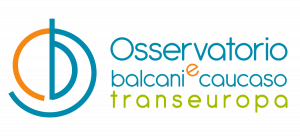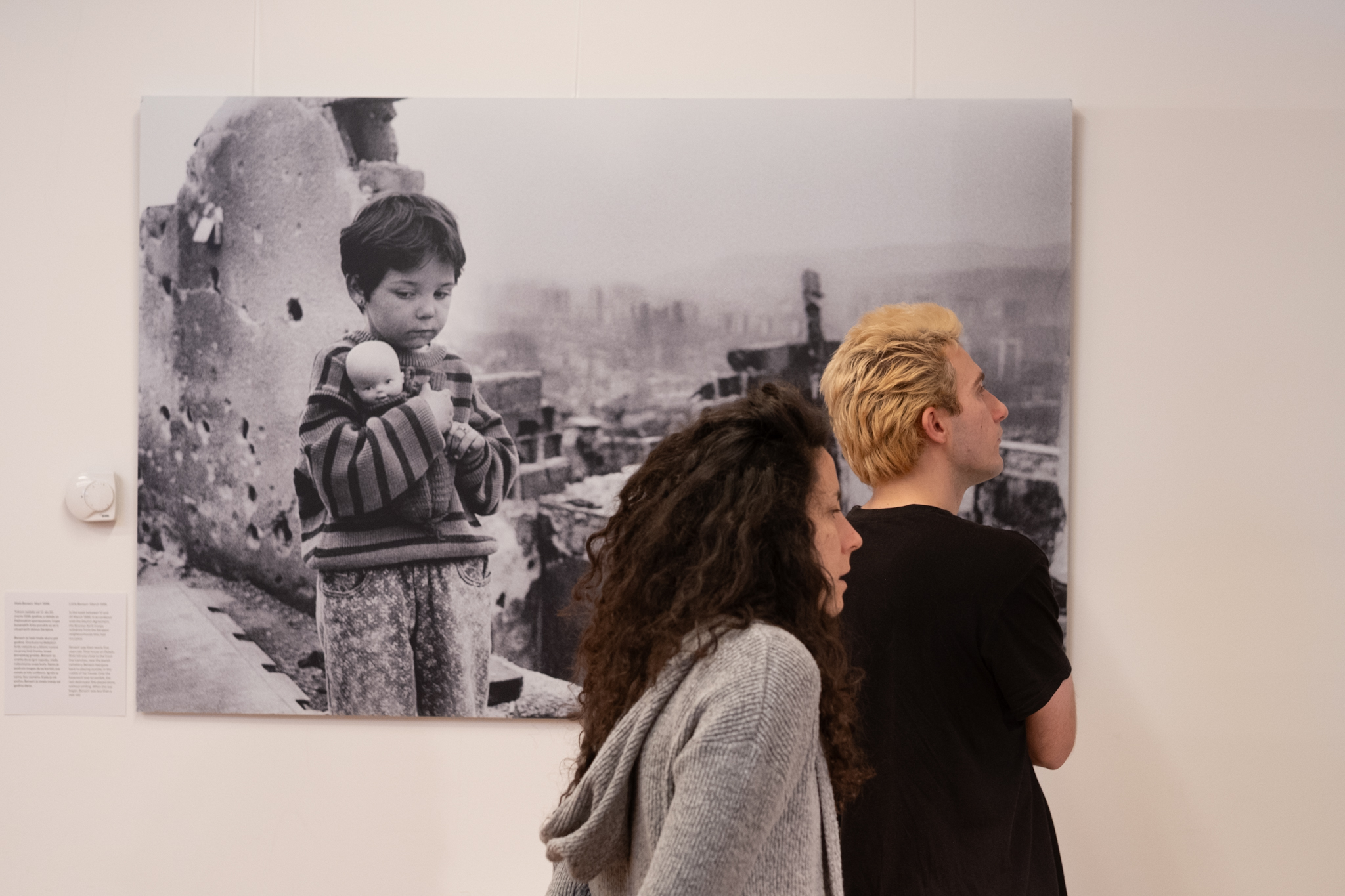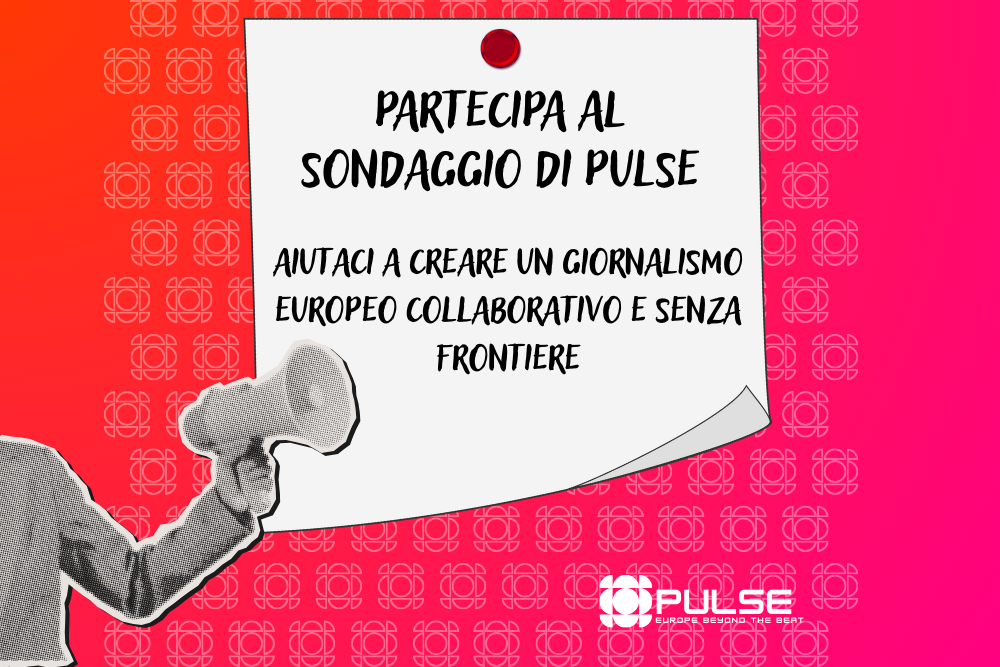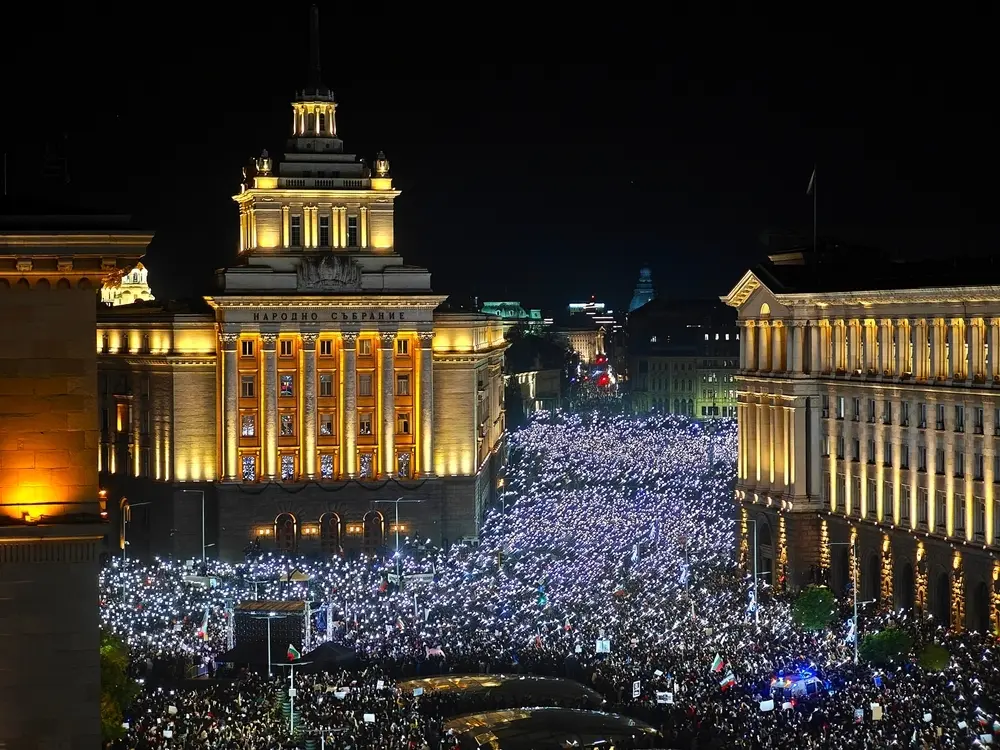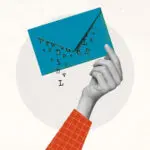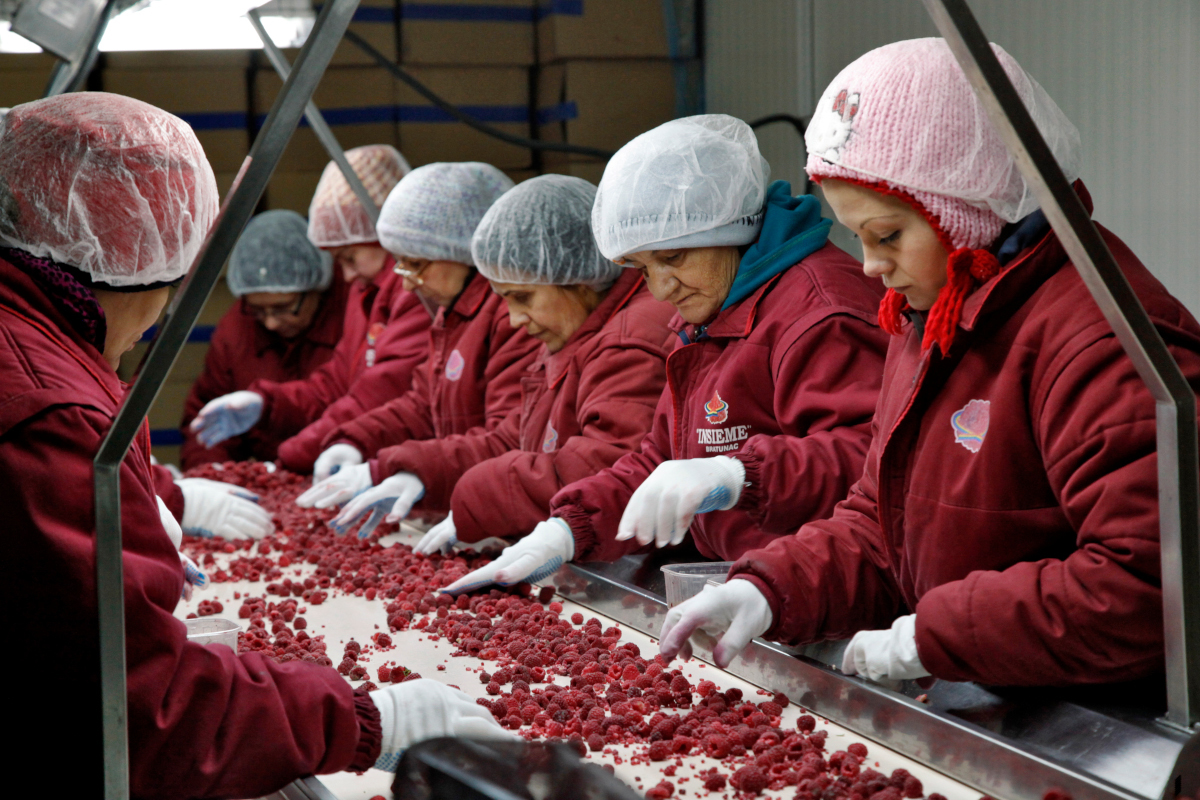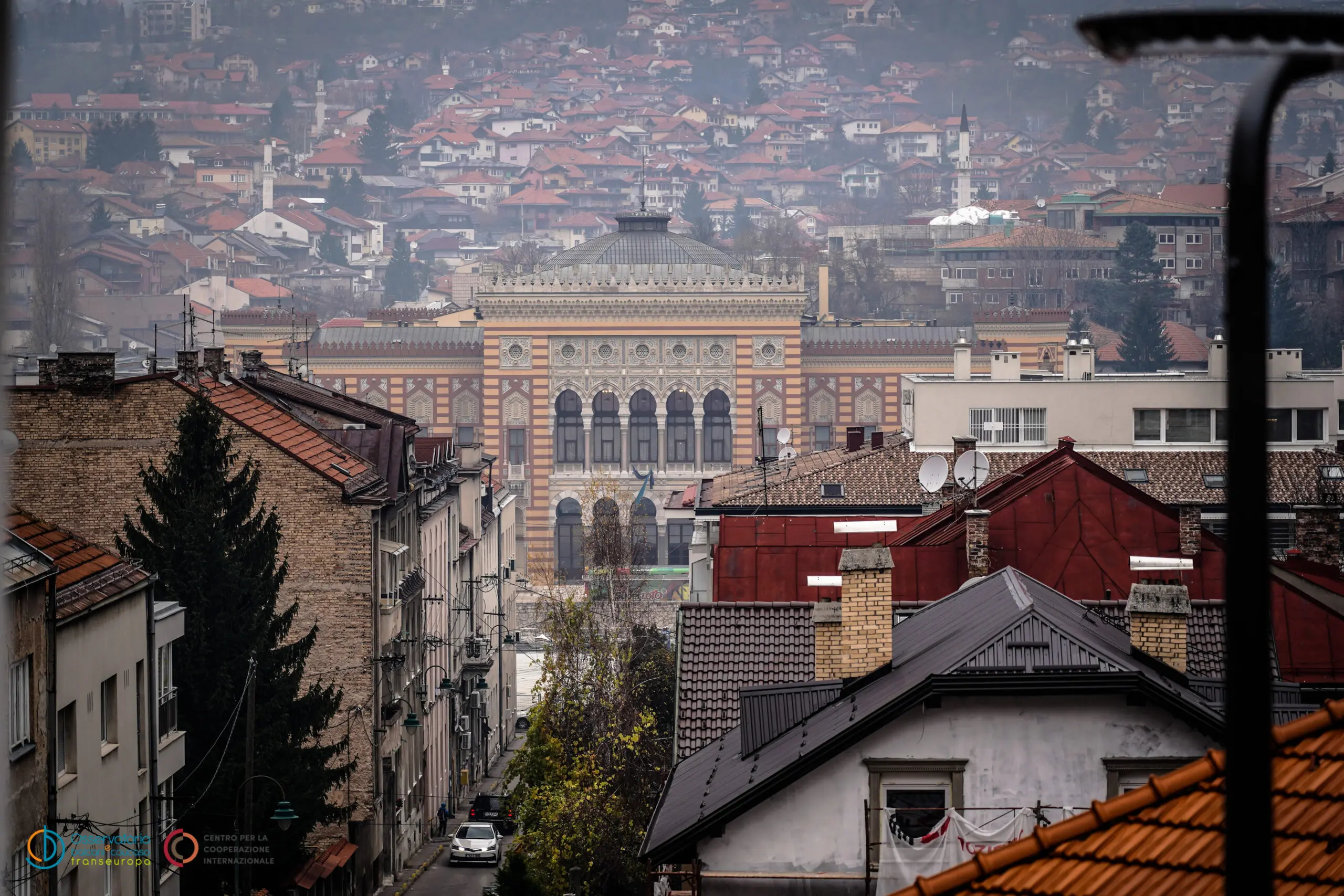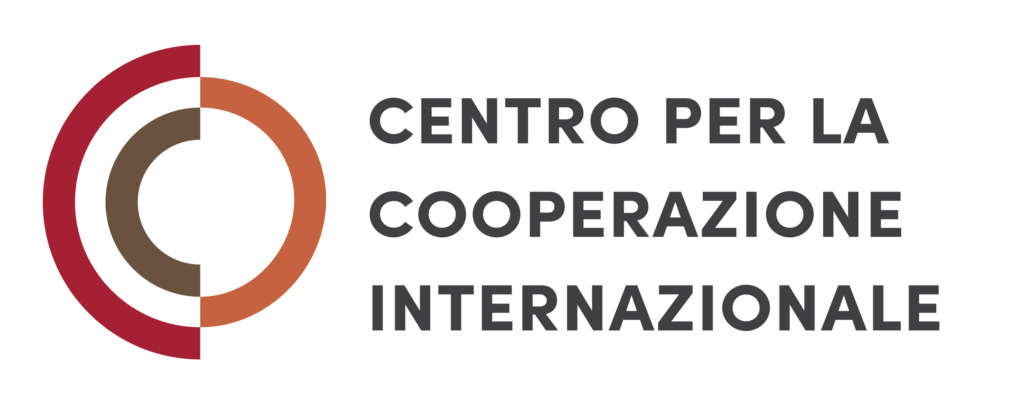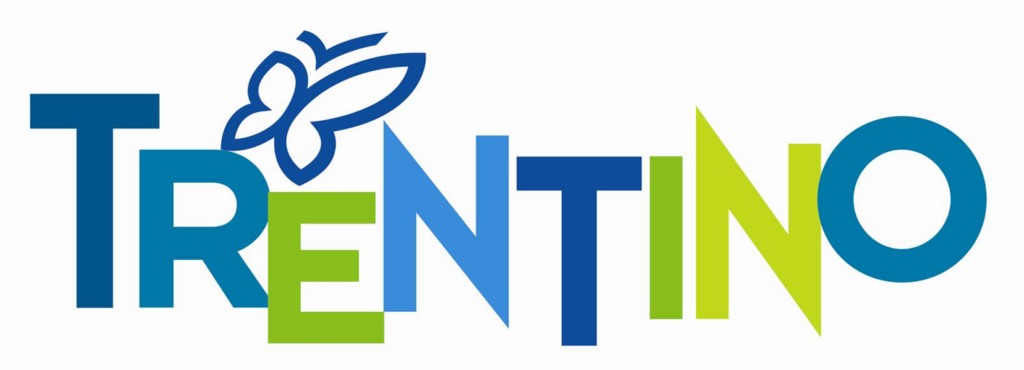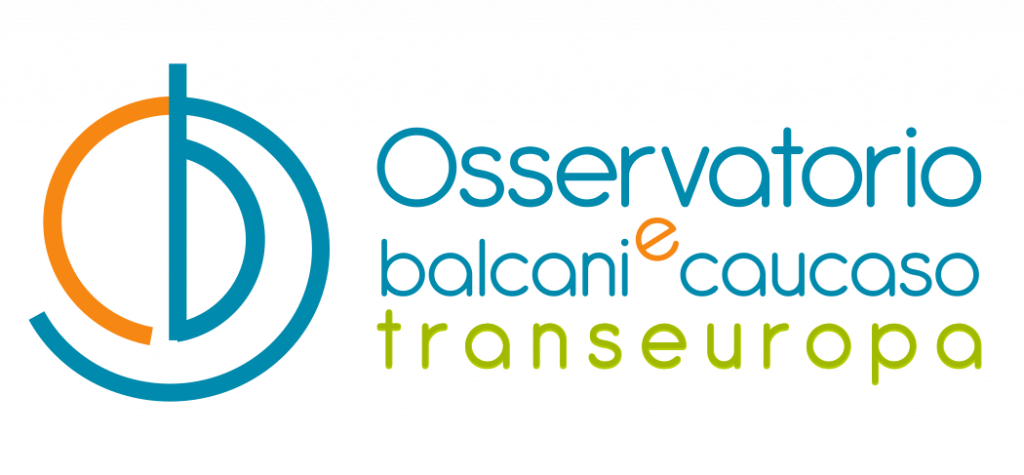Albania’s media landscape has significantly increased becoming a tool of democracy and, in many cases, the real fourth power in Albania’s still transitory society with all its positive and negative consequences.
It may be very openly said that the extension of media transformation in post-communist Albania has been very deep and its development has now clearly reached a moment of the big return. With the legalisation and broadcasting of electronic media beginning five years ago, the two sides of the media – print and electronic – are in very open competition that is resulting in the development of their professionalism.
Albania had quite a few media outlets during the communist period and they were totally under government and political party control. That changed immediately and the flourishing of new media outlets was the first sign of democracy and political pluralism.
Some media facts
According to the data collected under the monitoring project in 2001 of the Albanian Media Institute in Tirana, around 92 newspapers and 71 magazines by title were published in 2001. 35 radio and 55 television stations were broadcasting in addition to four cable TV operators.
Albania has 16 daily newspapers, seven biweekly, 29 weekly, ten bimonthly, 20 monthly, 13 infrequent published newspapers, 12 weekly magazines, eight bimonthly magazines, and 15 quarterly magazines.
The price of the print media in the country varies from 20 to 40 leks for the dailies and up to 200 leks for the magazines.
A total of some 2,400 people work for the media full time and some 250 others part-time. More than 40 percent work for the media, 13 percent for radio and 45 percent for television. The editorial staff (journalists, reporters, editors) makes up 53 percent of the whole media staff and out of them 14 percent are holders of university degree in journalism, 27 percent have studied language and only two percent have studied journalism abroad ("MONITORING Albania media landscape", a six month publication from the Albanian Media Institute).
People between the ages of 18-24 dominate the media staff and the number of male workers is higher in the print media but just the opposite in the electronic one.
Enough dailies, not enough circulation
The first thing that strikes me regarding the dailies is their relatively high number in such a small country. This is countered by the low circulation rate that in total could hardly reach more than 50,000 copies a day. The biggest circulation rate is with Shekulli newspaper with some 23,000 published and 15-17,000 sold, to be followed by Gazeta Shqiptare with 10-12,000 copies and Korrieri with 8-10,000 copies a day. Koha Jone, the first independent daily in the country, has a very low circulation rate due to the debt of its owner Nikolle Lesi (independent MP last year but now head of the Christian Democratic Party). In general the exact number of subscribers continues to remain unclear, as the subscription system in the country is still weak.
A typical reason for such a low circulation rate could be normally considered the fact that almost all newspapers, but a few, have a targeted audience. Usually the Albanian press reports ‘for all and everyone’.
Another very important cause is the lack of the distribution to the countryside. Newspapers and magazines go to the main towns of the districts but they cannot reach the villages. Some separate efforts from the main media owners to join and create a distribution company for the whole country have failed due to the frictions and the mentality of the businessmen. They cannot accept the other to be on top or to earn money instead of him.
For example, there is one case between the publishers of Koha Jone, Albania and Gazeta Shqitpare newspapers to create a company for the distribution of all newspapers. First, they could not agree upon who would be the top manager, that is, who would earn more money, Second, they could not convince other newspapers to join the initiative and invest their own money because the latter feared these managers would try to earn more money for themselves rather than consolidate the company. Therefore, there exists only two poorly organised companies distributing the press around the country. But the time has come and very soon all media owners will be obliged to undertake such an enterprise.
Due to the difficult financial situation local media, that which is outside of Tirana, is not that well developed financially and professionally as well. Not only do they lack money, but also the proper staff as young journalists prefer to run to work in Tirana for the bigger newspapers.
Who’s who in Albanian media
The expansion of technical equipment, the number of PCs and access to the Internet has increased and all the outlets enjoy them to different extents. At the moment the ownership has been clearly more visible and media groupings have started to be created.
Nikolle Lesi, owner of Koha Group, owns besides the newspaper, a sport newspaper, Koha magazine, a radio station and a TV station. Though he has no other openly publicised businesses aside from the media, he has been quite good at attracting money from different political wings during election time,etc.
Koco Kokedhima owns the Spekter Sh.a. group with the newspaper Shekulli, Spekter magazine, Sporti Shqiptar newspaper, a radio station and an attempted failed effort for a TV station. He began other businesses as well after he bought some former state owned enterprises and has now extended his business in construction, winning road rehabilitation tenders and such.
A business group, first initiated by the French Julian Roche has now spread to the ownership of Korrieri newspaper, Klan magazine, a radio station, TV Klan and Albanian Daily News, the only daily in English. In addition, the Klan group has a series of businesses starting from construction to the only private airline, ADA Air.
Italian Edisud sh.p.a started with sponsoring Gazeta Shqiptare newspaper but continued with a radio station Rash and recently with a TV news-only station.
Two private businessmen dealing with the coffee business in the country started with opening Top Albania Radio station, the most listened in the country, to follow by the end of last year with Top Channel TV station, whose electronic equipment could be the envy of even the most respected western media outlets as well.
Another businessman dealing with Euro lotto started with a newspaper only to continue with Telesport TV station by the end of last year.
Other media outlets are in the hands of private businessmen or of the political parties.
… political affiliations
The political affiliation of the media outlets is not hard to distinguish at the moment though very few of them would admit to political support at any time, whether it be the print or electronic media. Their logos may claim to be independent and their owners impartial, but according to the developments in the last two years it is clear that they are generally affiliated to some political wing.
In last electoral campaign each newspaper took an affiliation with a certain political party or politician. For example, TV Klan and its print publications were very much in favour of the then premier Ilir Meta, but somewhat against again the Socialist leader Fatos Nano and of course mildly openly opposed to Berisha’s Democrats. Shekulli newspaper and Dita newspaper were against Meta but pro-Nano and the like.
Lesi, whose offices were burned in 1997 during the anarchic days by the then secret police, and once considered as the typical independent journalist has shown that he runs after money and funding, until recently because at last he managed to "usurp" the post of the head of the Christian Democratic Party joined also by Ylli Rakipi, owner of Albania newspaper, nominated as the party’s secretary general. Nevertheless Koha Jone, a newspaper that reached a circulation of more than 60,000 a day some years ago, now may be still considered as a serious one to be relied upon. This obviously reflects a significant decrease in the number of newspapers circulationg if today, as mentioned earlier, there is a circulation rate of only 50,000 total and previously 60,000 of one newspaper alone.
Kokedhima, personally, is said to have openly leftist convictions, reflected very much in the organisation and structure of his media group. He has been supporting openly the Socialist Party, but more precisely certain groupings within it, mainly those of the current president Rexhep Meidani. Kokedhima played well with the low price for Shekulli, still keeping it at 20 leks for most of the weekdays. But its content, especially its commentaries from well-known media personalities, attract many readers and continue to keep this paper as the most sold in the country, with relatively impartial views.
The Klan group has shown pro-leftist stands with its different outlets. It was a strong supporter of the former Socialist Premier Ilir Meta in many cases attacking its Socialist leader Fatos Nano. But it has shown good abilities to adapt to the new situations. While its Klan magazine could still be considered as the most well respected one in the country.
Other than the political party newspapers, other media outlets have been initiatives of individuals openly disclosing their political affiliation like Dita (pro-Nano), 55 and Tema (pro-Berisha).
Media content
Since 1997 with the electronic media broadcasting every day, especially TV stations, and the Internet, spread press is in a difficult financial position. First it should restructure its content and target the audience and the news. It cannot print news that the TV stations and radios have reported a day earlier. Second it should turn more to analyses and comments for which there is a limited scope of personalities to do the job. Some of them have self-declared themselves analysts, first by becoming aggressive mainly towards the government and then slowly, upon receiving the "post" of the political analyst. They have convinced the newspaper owners to allow them to write political analyses and though there are those qualified to make an impartial political analysis, in most cases they are not the impartial analysts they claim to be. And therefore, falling into a lethargy not attractive either to the readers or the radio and TV listeners and viewers respectively.
The content of the Albanian media has surely evolved politically and professionally and at the moment it could be considered at an important turning point. Politics is the topic of the day, every day, in every news broadcast. That could probably be normal in a transitory country. But people seem somewhat tired and bored of that. Consequently some media outlets are trying to put politics on second stage and social issues more in front.
It is noticed, however, that the disproportionate treatment of a political story from two opposing angles is at such a great difference that it brings no positive results for a potential solution.
The treatment of social issues is disproportionate as well when comparing the political media with the alleged independent one. In many cases the political media refers too much to the negative events happening in the country or the independent one as well refers to the sensational side of the events.
That could be a good effort to be supported. But their new direction does not seem that attractive to the people. ‘Black chronicle’ or reporting criminality and traffic accidents has become a very important issue of the electronic media (with many TV stations starting their main news with a traffic accident or family crime happening anywhere around the country) and the print one (always devoting certain pages to them) dedicating a lot of work and energy.
Social conflict consumes much time and space in the media and it is also individualised. It could be a normal thing to report a vigilante murder in a western country; a murder in which people take the law into their own hands and commit a crime, not believing or trusting in the government. That could be news, a scoop. But in Albania where the government and the international community is insisting a lot on the establishment of the rule of law reporting vigilante cases could possibly do more damage than facilitate or improve the situation of the individuals and the community where it happens and its surroundings.
"It is not a bad thing to report such news, in principle," says Vasilika Hysi, Helsinki Committee executive director. "But the way the media is dedicating its main news or time, taking into consideration the period this country is in and its situation and past developments, it could be considered a wrong one. Albanians need a more joyful time in looking, listening and reading."
"They could possibly try to follow the Italian media model but that would be not a successful effort in the Albanian context," said Agron Loci, researcher of the Albanian Media Institute. "Other western countries could have more crimes but some of them dedicate shows to the issue and not daily news."
Sociologist Zyhdi Dervishi says the media is not playing a great role with this tool. He claims that the media is playing a negative role by reporting these murderes too much. Such murdermania is not a good thing to report at the moment. Taking into consideration all that Albania passes in 1997, the blood feud mentality existing even before that, the hundreds of thousands of weapons still in people’s hands, this type of reporting only urges the people to use these weapons
Professor Artan Fuga, who held a research in 2001 on some print media outlets funded by IREX and Soros Foundation, suggests that such a reporting could be an effort to keep attention of the readers confronted with the tiredness with politics. "In vacation periods people tent to read scoops that could be murders, injuries, family conflicts and the like." But he adds that, "In the media a real conflict is multiplied very often" because many newspapers report it and from different angles. In some cases the media treats some events in a conflicting way. That is the media ‘creates’ a conflict by exaggerating it.
A typical negative phenomenon noticed by some researchers is that the individual conflict is more present in the media than the conflict between the individual or group and the state/government.
Social topics are only informative, that is given in short news. No investigative reporting happens so far. Some separate attempts cannot bring a difference at the moment. There are very rare comments or analyses mentioning or offering potential solutions to change the phenomenon.
In the context of social issues the media is reporting, but only reporting, news on trafficking a very important issue for which the Albanian media, but also its politics and the population have become increasingly aware of following the intensive international pressure on the government to fight the phenomenon.
Stories on the trafficking of women, immigrants and drugs and arms are almost every day in the Albania media. But they are only news. There are quite a few individual cases when newspaper or television reporters try investigative reporting. That is naturally linked with their safety, closely related with the general situation in the country. Journalists do not have any kind of special protection either from the government or from their bosses. Other reasons for not doing that is the limited financial possibility they have. It is more the NGOs or international organisations that fund and assist in holding such investigative reporting.
Important is the fact that unlike during the communist regime, now the media is ‘entitled’ and undertakes the initiative to report on such issues (including sexual behaviour and pornography), once considered as taboos. But much more investigation, analyses and commentaries are needed.
Culture pages are all considered as second-hand in all the media outlets. Its reporters are not paid highly by their bosses. Though it should be said that culture-reporting journalists in some newspapers and TV stations are among the best of the journalists.
Other than the political and the social issues the Albanian media has increasingly reported on economic news and developments. There are special pages and times for the economic events. The Albanian media has already created and still continues the process of forming economic correspondents. These could be considered signs of normalcy in the country as well.
The journalists
The Albanian network of journalists is relatively of a young age. There are very few old journalists remaining since the communist times. They form a very basic level for many media outlets because of their experience and professionalism. They have adapted quite well to the new market economy rules and are not politically or mentally affected by the old communist mentality.
There is a somewhat bigger group of middle-level (concerning age and experience) of journalists, who started the job in the first years of transition (1990-1992) who have now become senior editors or editors-in-chief, some also media owners.
But the broad basis of journalists is made up of young ones. The journalism faculty is producing a certain number of them every year. It is this generation who makes up the core of the work for all media outlets. That is a good thing because they are easily adaptable to the new working terms, they are eager to learn and are devoted. But, on the other side, they are developing at a difficult stage when the media looks for and is eager for productive and experienced journalists, which unfortunately they are not, despite many efforts on their part to resemble them. There are many journalists who start working at a newspaper during the first or the second year of their faculty and sometimes even before graduating they have become editors with other younger reporters under their control.
Salaries are also negatively affecting phenomenon. Starting with 8,000 leks a month at the ATA public news agency is not very attractive for a young reporter. They may soon pass to a small newspaper to be paid 15,000 leks a month. Reaching a stable salary level of 35,000-50,000 leks per month needs at least two or three years of work.
That does not encourage more passionate work for such a generation, especially when learning about the payment of their elder colleagues working with the local or the international press.
International press is also well established in the country. News agencies like Reuters, Associated Press and AFP have their local correspondents to be followed by the BBC, VOA, Deutche Welle, and Radio Free Europe with correspondents for their Albanian sections.
The Albanian Media Institute is the only local media organisation funded by the Danish government (Danida) and professionally supported by the Danish School of Journalism. Its work is mainly directed toward the training of different aspects for the local journalists. IREX has also a local office run by an American manager and offers training and financial support for the local media. Other international media-related NGOs like IWPR, AIM or Press Now have their part-time correspondents or coordinators operating in the country.
Albania is now a complete set of all levels of media structure. It may be considered that its emergency stage is over and is now at the end of the transitory period. It is very likely that in a few years time there will be less dailies and TV stations, hopefully with a better content and professionalism.
In evidenza
- Partecipa al sondaggio
